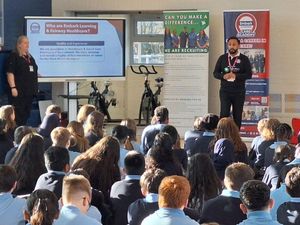Good enough to eat! American archaeologist cooks up a storm with gingerbread Staffordshire Hoard
Its fame has spread far and wide - now a Staffordshire Hoard-inspired baking competition has been won by an archaeologist and cookery fan from America.
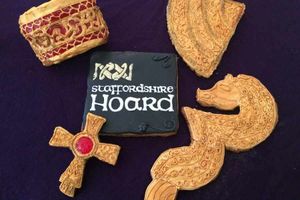
Dr Tamra Walter's intricately-piped gingerbread biscuits in the design of some of the Hoard's most famous pieces, including a cross, seahorse and sword hilt, wowed judges of the contest.
Now she wants to visit the Midlands and see the glittering Anglo Saxon haul for herself.
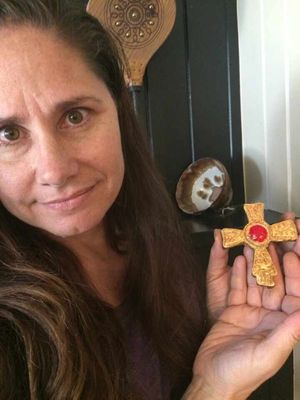
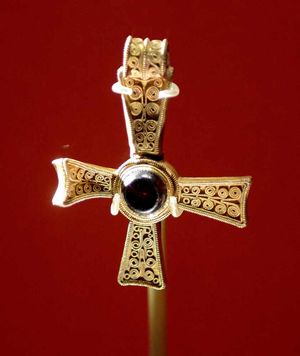
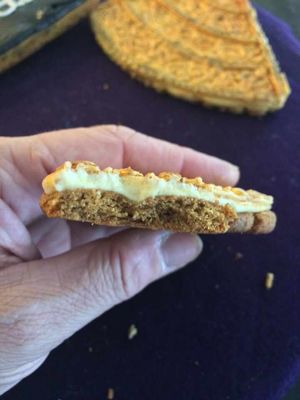

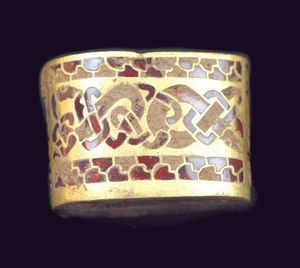
The mother-of-two baked the biscuits at her home in Texas and emailed photographs of her endeavours to the competition organisers, the conservation team at Birmingham Museum, which houses part of the 3,500-piece collection.
Speaking to the Express & Star, she said: "I was so excited and honoured to learn that I had won.
"The piping was definitely the most difficult part.
"You realize while doing it just how incredibly detailed these pieces are and the amount of labour that went into them.
"The collection is absolutely amazing and the pieces are beautiful.
"A friend sent me a link about the competition and I was thrilled at being able to combine my love of archaeology with my passion for baking.
"My academic job can be quite demanding at times so baking for me is an escape from the more mundane aspects of academia."
This is the third year of the competition - and the first time it has been won by someone from outside the UK.
Tamra, a 45-year-old associate professor of archaeology at Texas University, said: "The judges had to trust me that my entry was edible but since then my daughter has already eaten part of the seahorse biscuit when I wasn't looking."
She first saw the Staffordshire Hoard - gold and silver jewellery and weaponry found in a field at Hammerwich, near Lichfield, in 2009 - in National Geographic magazine.
"The find was big news within the archaeological world but the National Geographic piece was really responsible for reaching a larger audience in terms of the general public," she said.
"People here in America are fascinated by the find, not just archaeologists, and that can be a really good thing for our profession. It reminds us of how exciting studying the past can be.
"I haven't been to see the Hoard but now I'm definitely going to make plans to visit. It was such a rare find that it ranks up there with the pyramids of Egypt in terms of my 'bucket list'."
The hoard was found in 2009 scattered just below the surface of a field at Hammerwich by local metal detectorist Terry Herbert.
With more than 3,500 pieces, and another 90 found later in the same field, it is unique not just for its beauty but its composition.
The original hoard was bought by Birmingham and Stoke-on-Trent museums for £3.3m with a substantial grant from the National Heritage Memorial Fund and donations from all over the world.
Now Tamra is planning to introduce a similar contest at her own university. "It's a wonderful way to raise awareness about the amazing work that museum conservationists do," she said.




